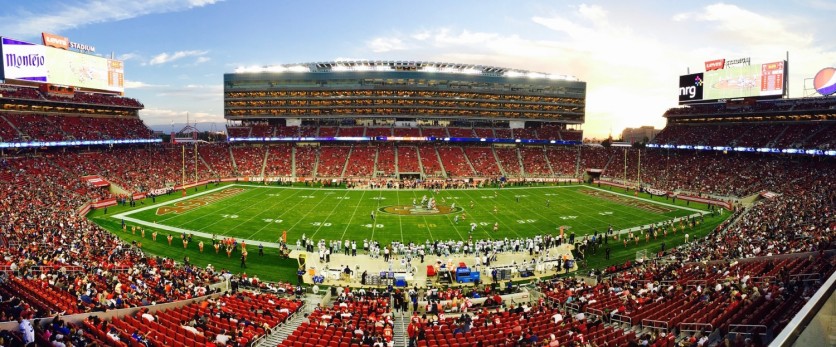A new technology has shed light on the substantial disruptions that major sporting events can cause on public transportation systems in cities, both before and after the events.
This tech is part of the case study conducted in Columbus during home football games at Ohio State University, which revealed significant disruptions in bus services throughout the city for more than seven hours on game days, affecting over 1.2 million residents.

How Football Games Affect Public Transit
The study, led by Luyu Liu during his PhD studies at Ohio State, utilized data from the Central Ohio Transit Authority (COTA), the city's public transit system.
The analysis compared bus services on days with home football games in 2018 and 2019 against days with away games and those without games.
The findings demonstrated that even bus riders traveling far from the university experienced delays, emphasizing the widespread impact of major events on public transit.
Harvey Miller, co-author of the study and professor of geography at Ohio State, highlighted the remarkable influence of football games on bus reliability, noting that the disruptions varied before and after the games.
The disruptions before the game lasted longer but were less severe, while the after-game impacts were more disruptive but shorter in duration. The research indicated an 8.7% increase in bus service unreliability during the before-game peak and a 24.5% increase during the after-game peak.
The core disruption period, spanning approximately seven hours, marked the peak impact of the football game on transit reliability. However, the study highlighted that the effects extended somewhat before and after this period.
According to the study, the tools developed for this study could be applied to analyze disruptions to regular traffic flow beyond sports events, such as crashes, construction delays, or other large-scale occurrences.
The researchers emphasized that disruptions can quickly propagate throughout an entire city's transportation system, underscoring the city transportation planners' need for proactive planning.
Beyond short-term disruptions, the study also examined the longer-term impact of the COVID-19 pandemic on public transit accessibility in Columbus.
The findings revealed mixed results, with reliability initially increasing during lockdowns but facing challenges when the transit authority implemented major schedule changes in response to ridership declines.
While some areas of the city experienced improved transit accessibility, others, particularly the northeast, still struggled to recover service levels from before the pandemic.
Read Also : Stanford Scientists Develop High-Tech Helmets to Protect Football Players From Head Injury
Enhancing Public Transit
The researchers hope these findings prompt officials to invest in and enhance public transit infrastructure after recognizing the increasing challenges of climate change, pandemics, and other disruptions.
"We found that these disruptions can propagate through the entire transportation system in a city very easily," Miller said in a statement.
"We now have the ability to look at what parts of a city's transportation system are most vulnerable to disruption/ We could see if a disruption at one particular place would most likely stay localized or whether it will spread out and have a big system-wide impact," he added.
The study's findings were published in the Journal of Transport Geography.
Related Article : Amazon Prime Subscribers Increases for Three Hours Straight, Thanks to NFL's Thursday Night Football

ⓒ 2025 TECHTIMES.com All rights reserved. Do not reproduce without permission.




